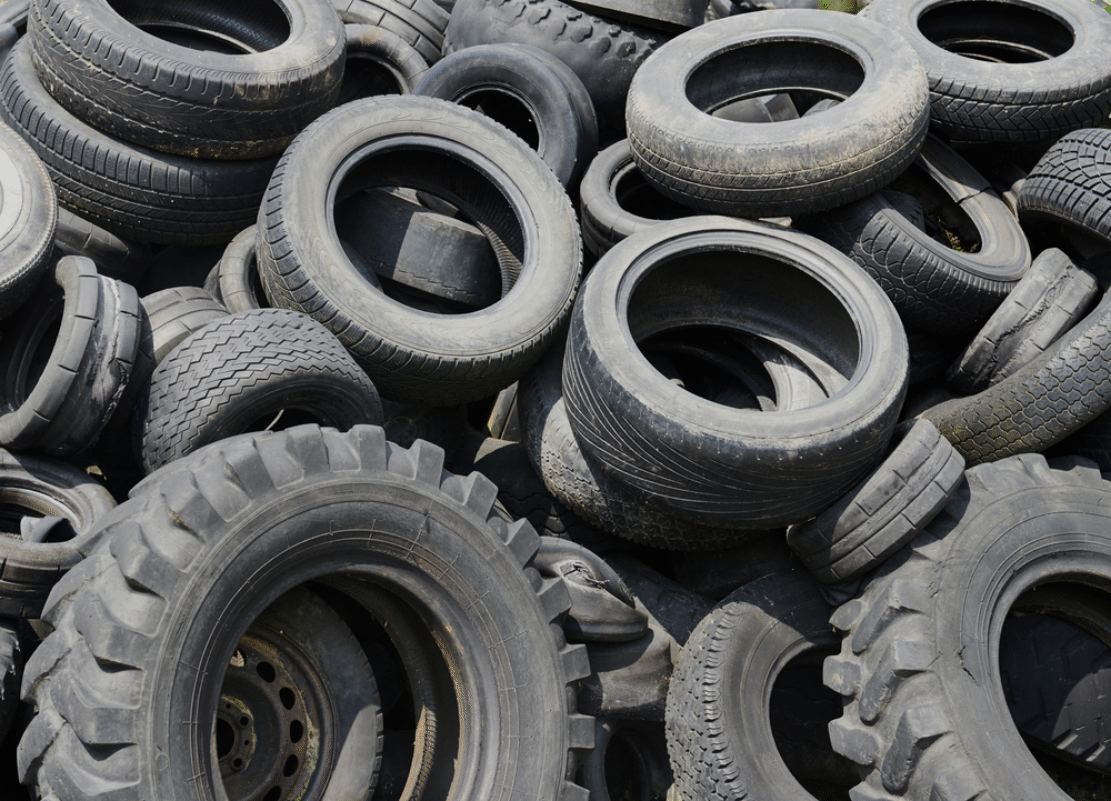
SOMEWHERE AT THE TOP OF THE LIST of expensive things we nomads, van dwellers and RVers will need to replace (probably several times) are tires. And that expense multiplies with the number of wheels. None of us are rolling in money, so we need our tires to roll as long as possible.
Here are some steps you can take to delay that inevitable financial hit, or to reduce the chances of sending an otherwise good tire to an early grave.
The Right Tires for the Job
First of all, make sure you have the correct tires for your vehicle or trailer. They should not only be the right size, they should also be the right load rating. Don’t use car tires on trucks.
Don’t get the cheapest tires unless they’re all you can afford. They’ll cost less going in but they’ll probably wear faster or even start coming apart, and you’ll be buying replacements sooner.
I had to settle for bargain tires one time. I thought the tire shop had just done a sloppy job of balancing them, but after two other shops tried to get it right we realized the tires were manufactured out of round. Whatever tires you get, don’t settle until they’re perfectly balanced. Not only do unbalanced tires wear faster, they accelerate the wear of suspension and steering components. And they rattle your brain.
The Good Kind of Inflation
Keep your tires properly inflated. The numbers are on a sticker on your door frame. Depending on your vehicle, the specifications for front and rear tire pressures might be different.
Overinflated tires make for a harsh ride, reduce traction, and wear the middle of the tread faster. Underinflated tires wear the edges of the tread faster, cause more stress on the sidewalls, and create less stable handling.
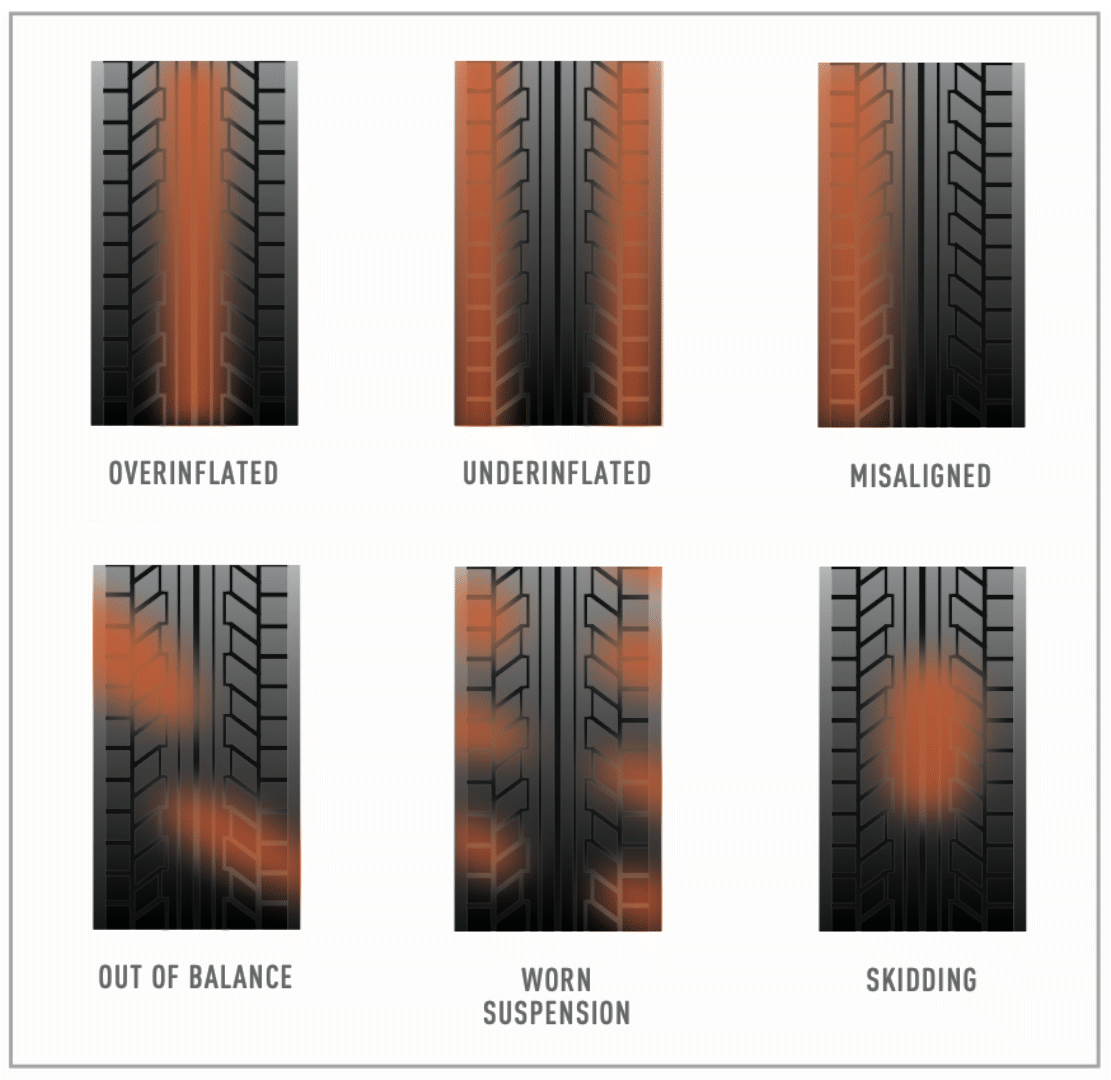
If you intentionally lower the air pressure to drive off pavement (airing down, as the off-roaders say), reinflate them as soon as possible after returning to pavement. One way to do that is with a compact 12V air compressor. If you decide to get one, make sure it’s rated for the pressure your tires need. Some are fine for cars but not for the higher air pressure required by trucks and RVs.
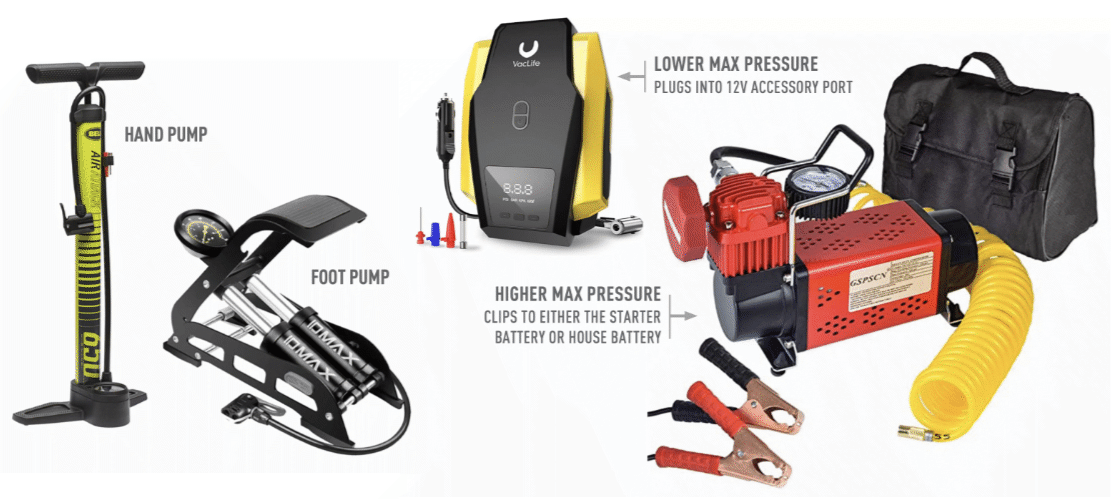
If you’re in good physical shape, you might go for a foot pump rather than a compressor. Or, if your back will let you, and old style bicycle pump might do the trick. Just make sure it’s capable of reaching the pressure you need. Even so, you might give out before reaching full inflation.
Speaking again of airing down, make sure you don’t let out so much air that the tire won’t stay on the wheel, or that dirt gets between the tire and rim, causing it to leak.
Don’t Wait for a Tire to Get Obviously Flat
Check your tire pressure often. Good Year recommends every 3,000 miles. Most tire dealers will check and adjust your pressure for free. For example, most Discount Tire locations have dedicated drive-up tire pressure check lanes. Oil change shops routinely check tire pressure as part of the service. Don’t forget to check the pressure in your spare.
Even with these services, it’s good to have your own tire pressure gauge—one that reads high enough for your required air pressure. Spend a little extra for a high quality gauge. The ones at the auto parts store checkout counter aren’t very accurate. Once upon a time I had four such gauges in my glove box. None of them agreed, and a couple of them didn’t even agree with themselves.
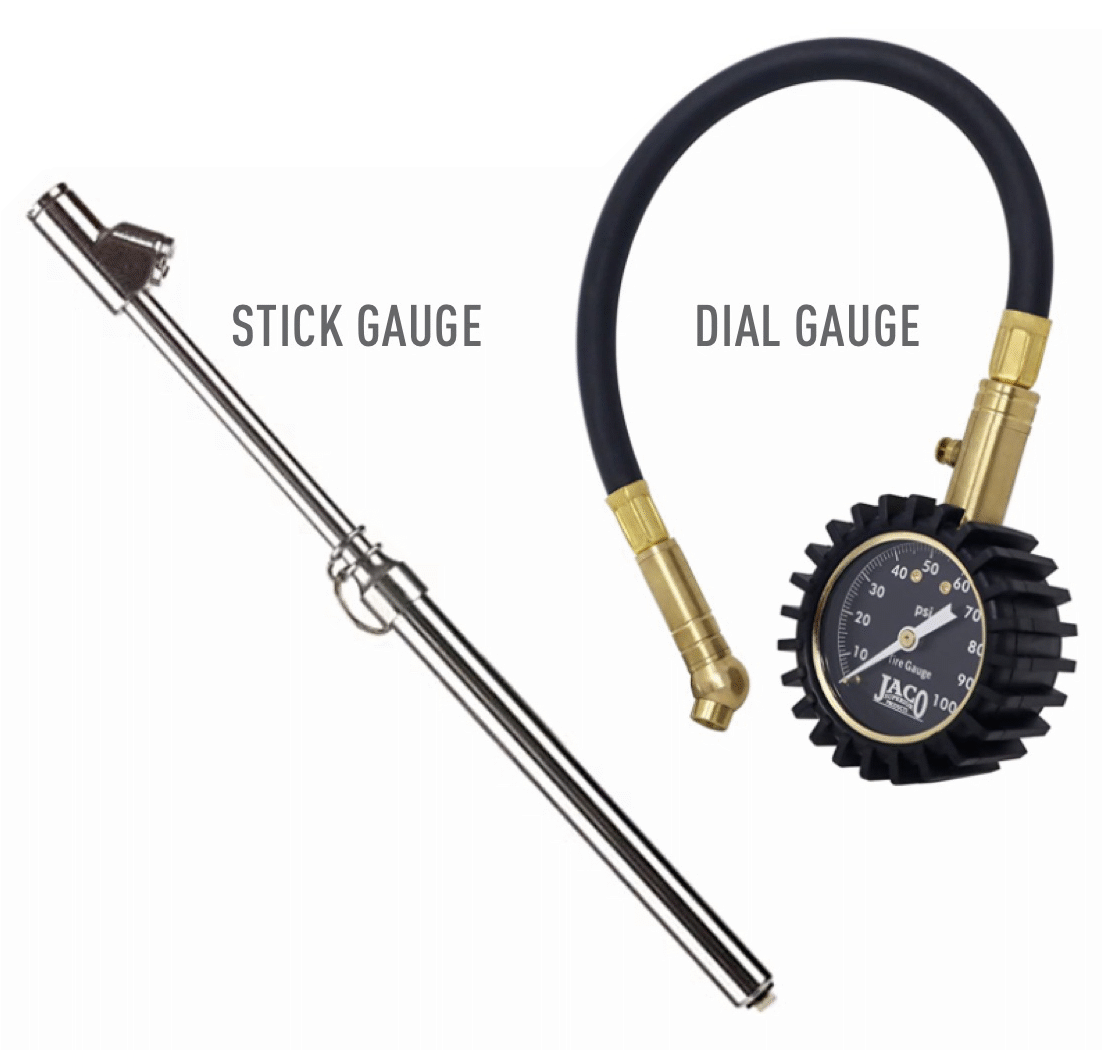
Get Tire Service Regularly
Front and rear tires wear at different rates and in different patterns. For longer total tire life, get them rotated every 6,000 to 8,000 miles, or as often as your owner’s manual recommends. I have it done after every other oil change.
Have your wheel alignment checked and maintained. You might want to have it done more often than the owner’s manual recommends if you drive off-pavement a lot. Or on awful pavement.
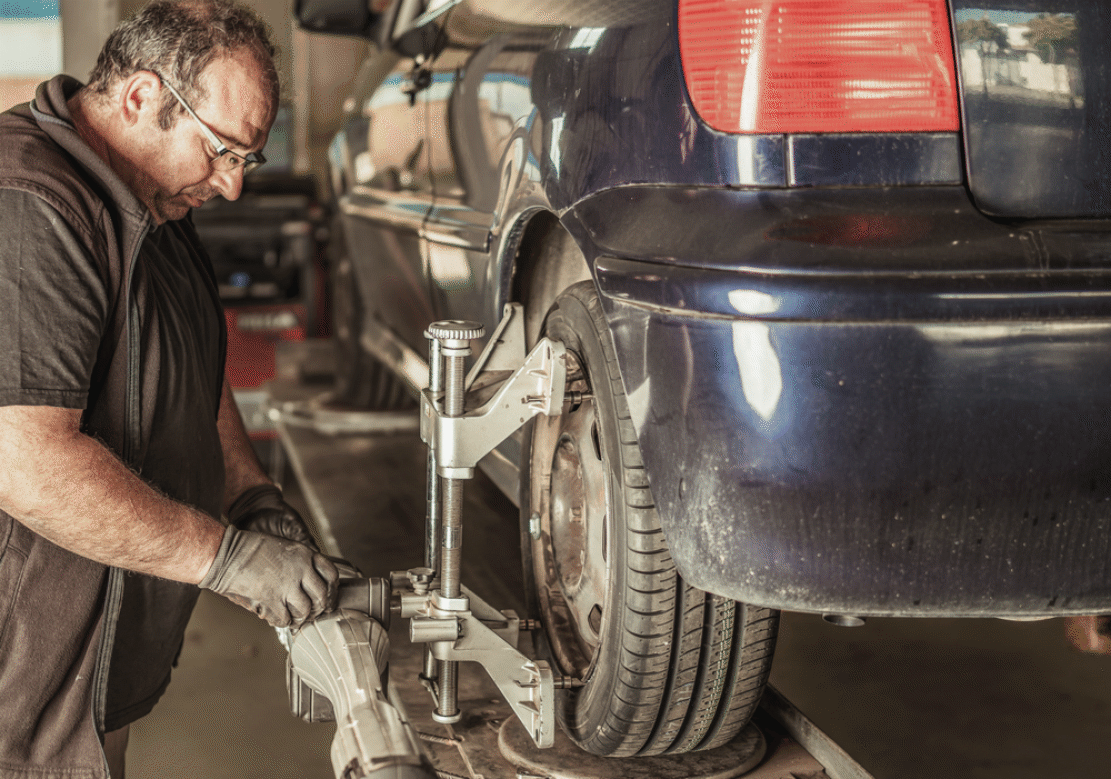
Bad Roads Shorten Tire Life
Speaking of awful pavement, do your best to avoid potholes and road debris. You might damage the sidewall, bend a wheel, mess up the alignment, or just plain blow a tire. You know that thing about maintaining a safe following distance? It’s not only to avoiding rear-ending someone. The farther you can stay back the more time you have to spot and avoid road hazards.
Slow down on stoney dirt roads. The faster you hit a pointy rock the more likely it will puncture your tire. Even sticks can give you a flat. (Ask me how I know.)
Slow down on pavement, too, to lengthen tire life. More speed creates more heat. More heat fatigues the tire materials quicker. More heat also increases air pressure in the tire, leading to the overinflation problems mentioned earlier.
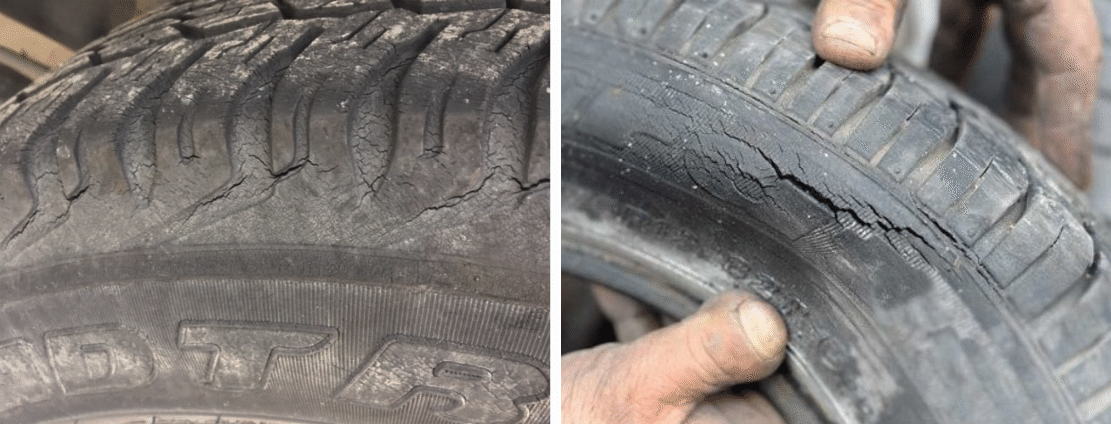
It’s Not Just the Tread
The rubber in tires contains compounds that slow its deterioration. These compounds leech out with age and exposure to sunlight, ozone and various types of road grime. This dries and weakens the rubber, causing it to crack, increasing the likelihood of failure. It’s kind of counterintuitive, this deterioration tends to happen with tires that aren’t driven very often. So if you’re the type who stays put for long periods, you might consider covering your tires while camped. RVers often do that because, man, those tires are expensive.
Be Familiar with Your Tires
Learn to “read” the rubber. Be aware when something doesn’t look right. Watch for signs of damage, improper alignment and improper inflation. And, of course, look for foreign objects stuck not only in the tread, but in the sidewall as well. Don’t forget to check the back side of the tire. There have been times I was unaware of a slow leak until the tire started coming apart on the highway.
Trust the tire shop – a little
People who sell tires for a living know all about sizes and load ratings and the differences between various types of tires (all-season versus all-terrain, for example). I trust their advice and recommendations on those things. It gets iffier when it comes to brands and how much a sufficiently good tire should cost. Their reasons for preferring certain products might have nothing to do with your best interests. Get other opinions, if possible.
Be Financially Prepared
Finally, don’t push it too far. Yes, tires are expensive, but nearly bald tires are dangerous. Are the tread wear indicators starting to wear too? It’s time for new tires. Hopefully you’ve been monitoring your tires all along and putting funds aside for new ones.
Drive safely, be aware of your tires’ condition, make them last, and we’ll see you down the road — but hopefully not on the side of the road with a shredded tire.
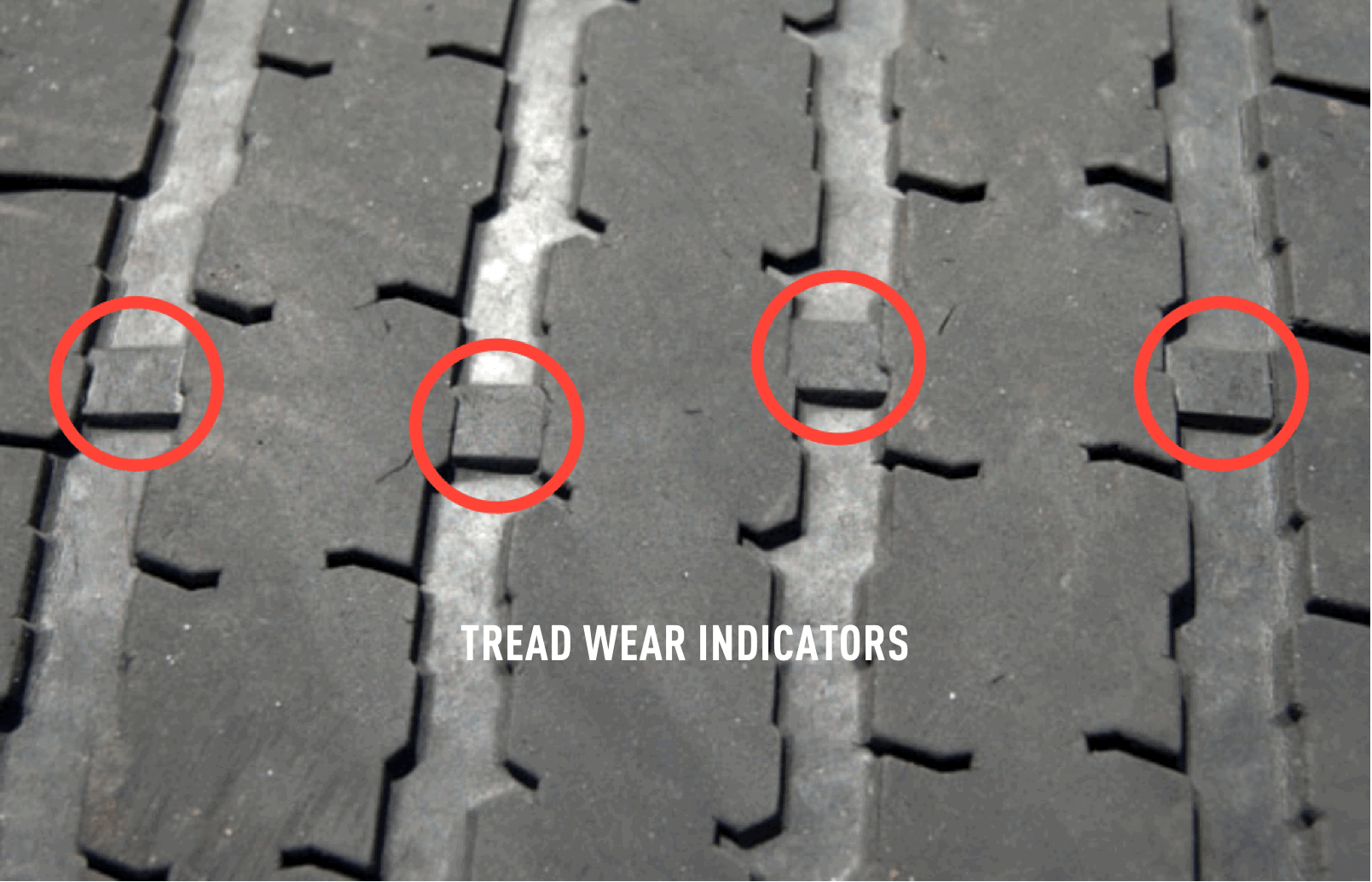

Bob, great article, one thing I would like to comment on. As a Ford mechanic years ago the Econoline vans we got in for sale were not ready for the road yet. What I mean is, the Econoline van was used by so many service companies Ford didn’t know how the van would be finished out and loaded. So the customer had to take their new van, load it out the way it would be driven down the road, then be brought back to the shop for its alignment, which was provided free. All this was done to save the front tires. You wouldn’t believe how many new vans I seen with front tire issues, until our shop learned about this. I haven’t worked in the shops for 11 years, but I wanted to share this so if someone is thinking of a new Ford Econoline, they can at least ask, and be aware of.
Was that related to the twin I-beam suspension?
Thank you Al for the variety of top-quality and helpful writing you are doing. Sharing your knowledge and wisdom with us is much appreciated!
I recently had to replace my trailer tires. They had worn out the outer quarter of the tread. This was caused by flattened springs and broken shackles. A shop in Beaver, UT probably saved me from an accident / disaster.
This is a good example of how the condition of your tires can tell you something about the condition of other suspension parts.